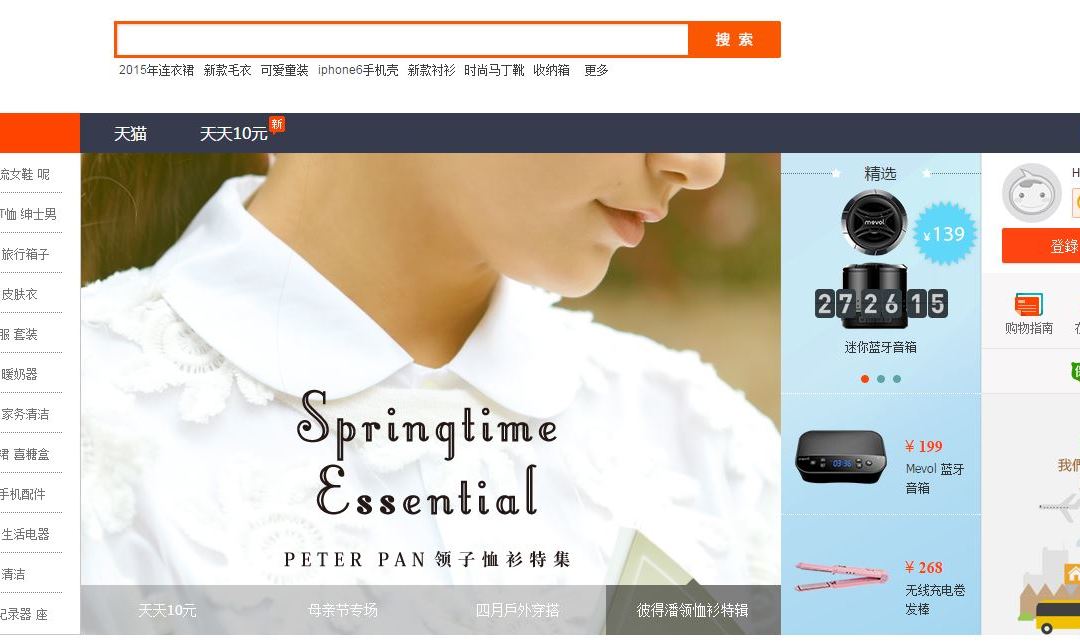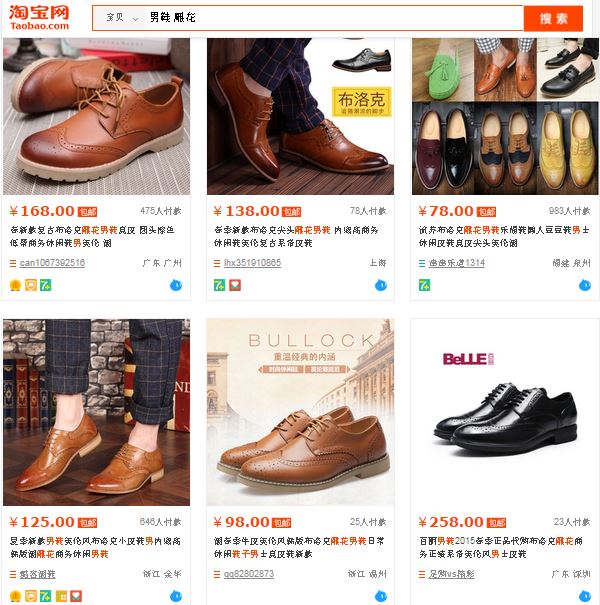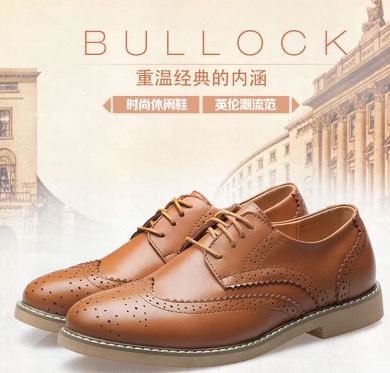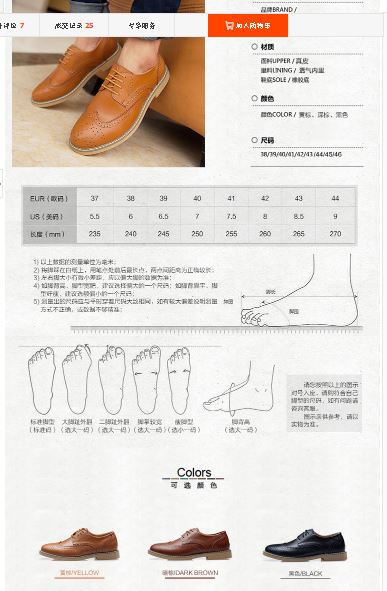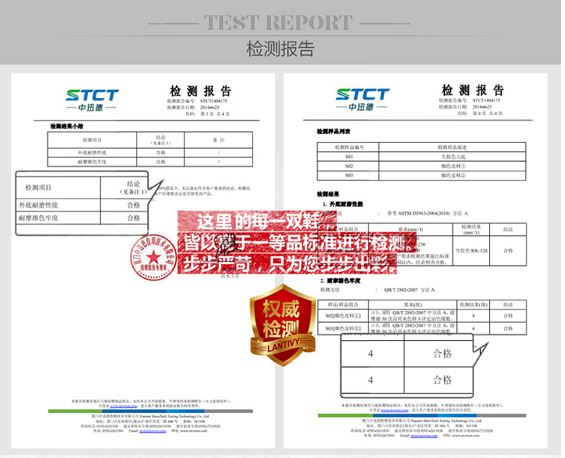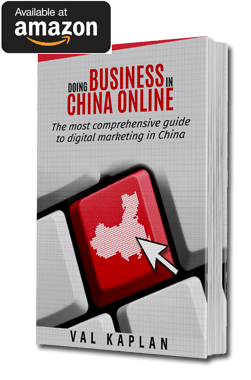Chinese have a saying: if you are looking for a solution to a problem – go to Taobao and you’ll find it.
This giant virtual shopping mall has become a staple of modern Chinese culture, a place where one can find practically anything and have it delivered straight to the door in just a day or two.
Taobao has also enabled millions of people in China to supplement their income by selling goods online. Large percentage of those sellers were even able to leave their day jobs to focus entirely on running their online outlets.
Presently, western brands in China primarily sell their products on another Alibaba’s shopping platform called Tmall. Although, similar to Taobao, it is a sort of upscale department store, as opposed to bazaar-style Taobao market. Tmall has been designed to attract buyers who are looking for genuine branded products and are prepared to pay premium for top quality.
Unfortunately, start up cost of opening a Tmall store range somewhere in the range of RMB 150-200K and are further complicated by complex and strict requirements by Alibaba to ensure that only quality products are sold there. Penalties for breaching the rules can be substantial and costs of running and maintaining such stores could be prohibitive for smaller retailers or those without a recognizable brand name.
So, for those type of sellers, Taobao represents an easier option that doesn’t require a major investment while allowing to test waters with specific products and offers.
Here are twelve tips on how to make sure that the goods your Taobao store is selling get noticed, product links get clicked and, ultimately, your visitors convert to customers.
#1: Product title
Since the products are searched by their names, this is by far the most important part of the listing. The product name should pack as much content as possible and even though, the long product name may look awkward, if part of it matches the search criteria, it will get shown. So, longer descriptive name are always preferable to short ones.
#2: Product description
The second criteria that is used in Taobao searches is product description and it is what the shoppers would see when they click on the product link. As opposed to the long descriptive product titles, description should be kept short and “scannable”. Once a visitor is already on the product page, the goal of the description is to keep them interested and have them staying on the page as long as possible.
#3: Product photo
We live in a visual world and shoppers are constantly bombarded with imagery from every angle. The key of making your product stand out is the thumbnail picture of it placed in the listing. Pictures designed to attract attention should be sharp, focus on the entire product or its main feature and be of high contrast. It’s always the best strategy to critically assess your product photos vs. competitive offers and simply make sure that yours are better.
#4: Product page
Product pages in Taobao are often long, packed with lots of text and additional pictures which is actually a good strategy. Interested visitor will keep scrolling to read more, and, once enough information is obtained, can buy it right away. The last thing you want to do is provide insufficient information to a potential buyer.
#5: Feature authenticity
One of the main concerns of Taobao shoppers is to avoid getting scammed by buying a product that is fake or of poor quality. The best way to alleviate such concerns is to provide proof of genuine origins of the goods that you are selling by displaying clear pictures of the original packaging, shipping documents, relevant certificates etc. Those can simply be photographed or scanned and shown in the product page.
#6: Customer service
Responding to customer inquiries and answering questions quickly is critical in getting interested buyers to convert as soon as possible. Most effective sellers are able to answer questions almost instantly via live chat which would be the best way to communicate. It quickly builds trust increasing overall sales success rate.
#7: Research keywords
One of the best ways to design the optimal product titles is to research relevant keywords. Taobao provides keyword research tool that can also be used to figure out search volume for a particular product. This information, in turn, allows sellers to design the most attractive offers and focus on products with the best combination of strong demand and limited supply.
#8: Research visitors data
Taobao’s seller back-end provides various analytics on visitors, which primarily focuses on where they are browsing from, which platform they use (desktop vs. mobile) and what products they have viewed. This data can be invaluable in tweaking the product pages to match the tastes and preferences of a specific type of visitor.
#9: Learn visitors behavior
Behavioral patterns can also provide valuable insights on why some products sell better while others do not. For example, if a particular page has many views but few sales, it could be because of the pricing. On the other hand, product pages that don’t get a lot of clicks could be improved by adjusting some visuals;
#10: Test on mobile
Majority of Taobao buyers nowadays use their cellphones to browse and shop. This means that it’s crucial for your page to load quickly and render properly on Taobao mobile app or mobile browser. You should test your product pages with mobile to make sure that they still look attractive on mobile screen and can be navigated just as easily as on a computer;
#11: Add WeChat account
One of the best ways to keep your customers returning is to encourage them to connect to your WeChat official account (provided you have one) by placing its QR code right in your product page. This will allow you to push regular messages with new offers, coupons or bits of useful information directly to your customers’ phones.
#12: Cross market via alternative channels
Learning about your visitors and buyers from Taobao analytics has an added benefit of leveraging this data towards your other marketing campaigns, such as in social media or mobile. For example, if you see that you are getting many visitors from a particular area, you could target them with location-specific offers via WeChat or Weibo.

